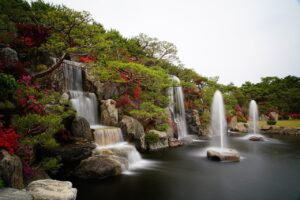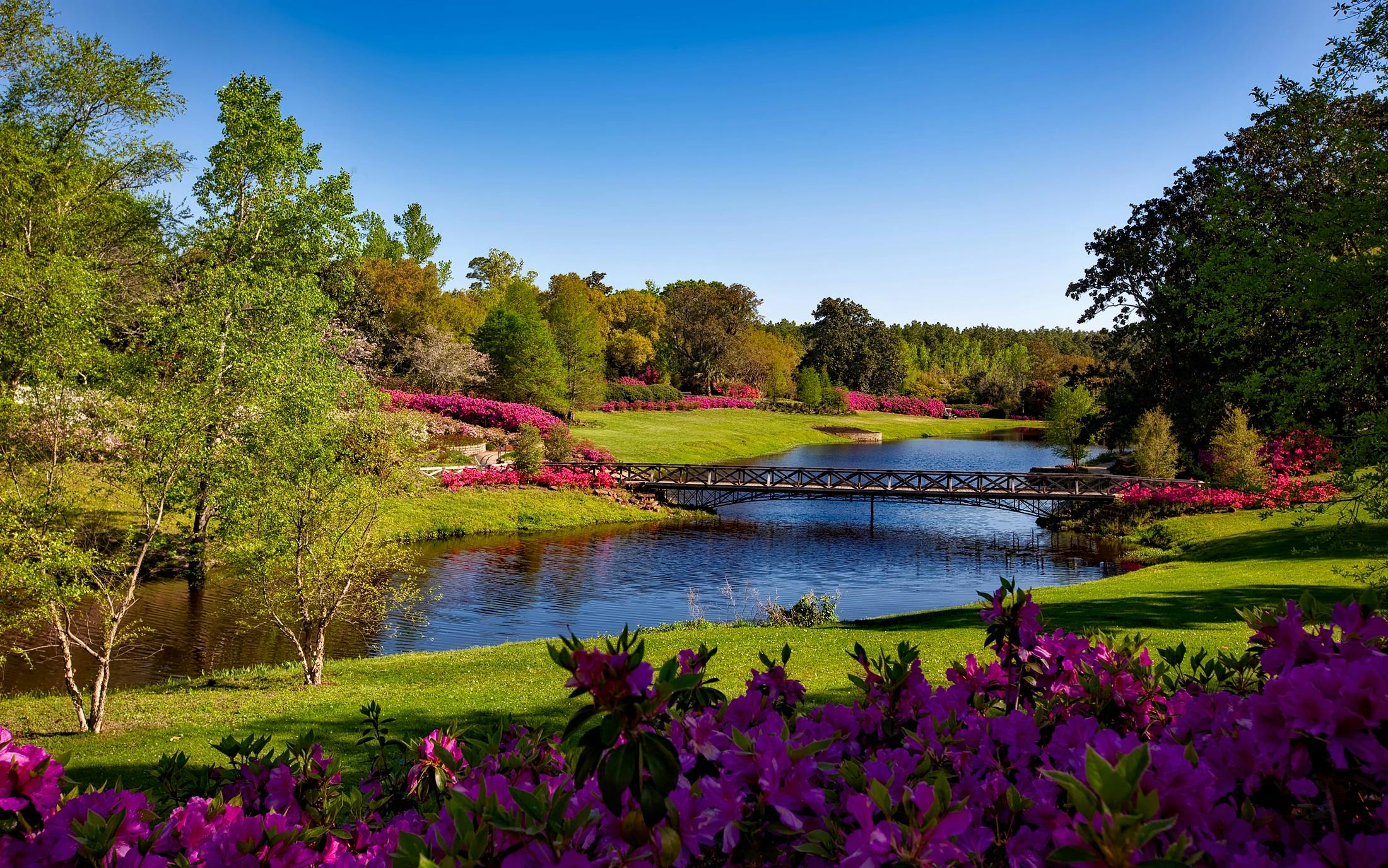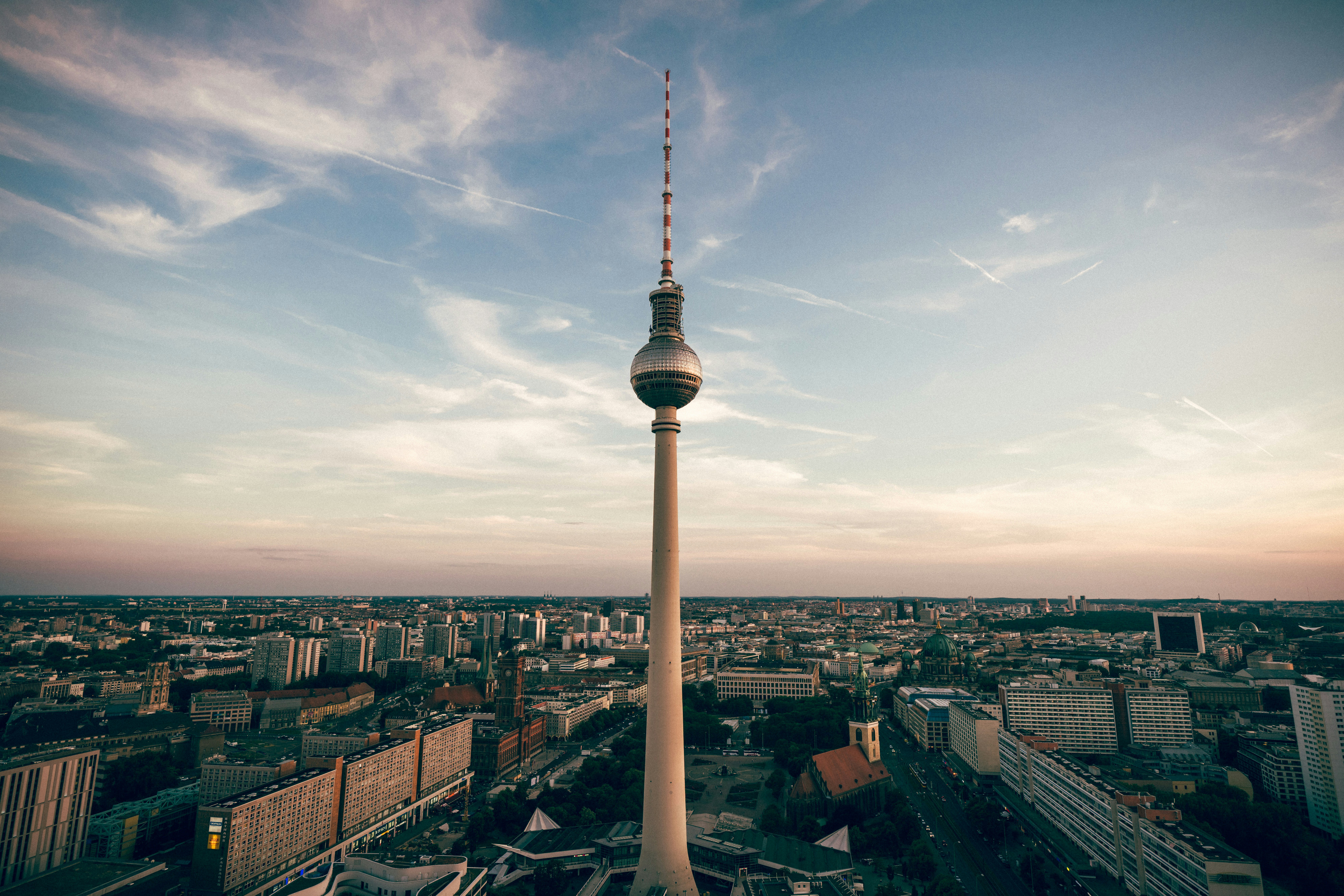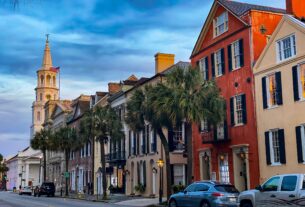Discover 10 off-the-beaten-path places in Orlando that will make your trip unforgettable, from secret gardens to quirky museums.
🌴 Get Your FREE Bahamas Checklist!
Perfect for planning your island escape 🌊
We respect your privacy. Unsubscribe anytime.
Powered by greattravelnews.com
Orlando is famous for its iconic theme parks—but the city’s soul lives in its neighborhoods, hidden gardens, local cafés, and cultural corners that many visitors never explore. Whether you’re planning your second trip or looking to escape the crowds, these hidden gems offer the chance to experience a more authentic, creative, and calm side of Orlando.
1. The Charles Hosmer Morse Museum of American Art
Located in Winter Park, this museum is home to the world’s most comprehensive collection of Louis Comfort Tiffany’s work. From dazzling stained glass windows to ornate lamps and entire room installations, it’s a quiet but awe-inspiring place to wander. Don’t miss the reconstructed chapel interior Tiffany designed for the 1893 World’s Fair in Chicago.
Pro Tip: Admission is free on Friday evenings from November through April.
2. Kraft Azalea Garden

Nestled on the shores of Lake Maitland, Kraft Azalea Garden is a serene escape known for its moss-draped cypress trees and photogenic Exedra monument. The park is often used for small weddings and is particularly beautiful during golden hour.
Why it’s special: This garden feels like a slice of the Deep South, right in suburban Orlando.
3. Tibet-Butler Nature Preserve
Just a short drive from Disney’s main gates, this nature preserve offers well-maintained trails, boardwalks over wetlands, and peaceful forest paths. You’ll find native wildlife, educational exhibits, and a quiet break from theme park energy.
Great for: Families, hikers, and birdwatchers.
4. Winter Garden Historic District
This charming district is one of Orlando’s best-kept secrets. With cobblestone streets, craft breweries, boutique stores, and a restored theatre, it’s perfect for a lazy Saturday. The local farmer’s market is a highlight, especially if you want to try local produce or artisan snacks.
Bonus: The West Orange Trail runs right through town—great for biking.
5. Wall Crawl Orlando
A fully air-conditioned, themed photo studio where you can rent an hour of selfie-friendly backgrounds. From colorful walls to seasonal decor and quirky props, it’s an influencer’s paradise—or just a fun family stop.
Who it’s for: Bloggers, families, bridal parties, or anyone wanting fresh photos.
6. The Robinson Room
This hidden gem bar in downtown Orlando offers craft cocktails with a luxurious, moody ambiance. It’s part speakeasy, part lounge, and fully perfect for date night or a post-dinner drink.
Signature drink: The “Lavender Fog”—gin, house-made syrup, and egg white.
7. The Cat Cafe
Located in nearby Clermont, The Cat Cafe offers coffee, pastries, and a lounge where you can cuddle and possibly adopt rescue cats. All proceeds support a local shelter.
Tip: Reservations recommended during weekends!
8. Audubon Park Garden District
This is Orlando’s most eclectic neighborhood—think food halls, retro bakeries, vinyl shops, and indie bookstores. East End Market is the district’s heart, with stalls serving ramen, pastries, kombucha, and more.
Don’t miss: La Femme du Fromage cheese shop and Gideon’s cookie booth.
9. The Wells’Built Museum
A historic hotel turned museum, The Wells’Built was once a safe haven for African American travelers during segregation. Now, it houses exhibits celebrating Black history, jazz, civil rights, and Dr. William Monroe Wells’ life.
Cultural depth: A must for history buffs and heritage travelers.
10. Lake Nona Sculpture Garden
Blending modern art and nature, this open-air art exhibit features pieces by world-renowned artists like Henry Moore and Enzo Plazzotta. The area around the sculpture garden is also full of tech-forward installations and restaurants.
Future-forward feel: Think of it as Orlando’s answer to Silicon Valley meets MoMA.
Final Thoughts
Skip the lines, ditch the wait times, and add depth to your Orlando vacation. These hidden gems offer a slice of the real city behind the castles and coasters.




